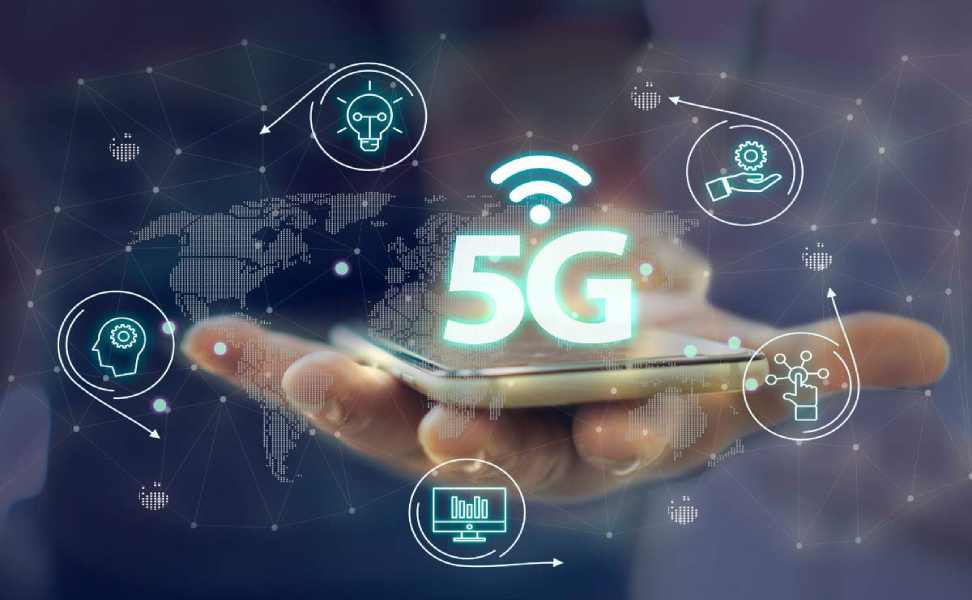Diamondexch9, Diamondexch9 Login, 11xplay Reddy Login: As the world advances towards a more connected future, the benefits of 5G technology are becoming increasingly apparent. One of the key advantages of using 5G is the significantly faster compared to the previous generations of wireless networks. This higher speed allows for quicker downloads and uploads, enabling users to seamlessly stream high-definition videos, participate in crystal-clear video calls, and enjoy lag-free online gaming experiences.
Furthermore, 5G technology offers lower latency, meaning there is less delay in data transmission between devices. This reduced latency is crucial for emerging technologies such as autonomous vehicles and remote surgery, where real-time communication is essential. With 5G, these applications can operate more efficiently and reliably, paving the way for innovative solutions that were previously unattainable with older network technologies.
Challenges in Implementing 5G Networks
Implementing 5G networks presents a series of formidable challenges that must be overcome for the technology to reach its full potential. One of the primary obstacles is the need for substantial infrastructure upgrades to support the rapid transmission speeds and increased data capacity that 5G offers. This includes deploying a dense network of small cell sites, upgrading existing towers, and ensuring reliable connectivity across various environments.
Additionally, the high-frequency millimeter waves used in 5G networks have shorter ranges and are more easily obstructed by physical barriers compared to lower-frequency waves. This necessitates a significantly higher number of base stations and antennas to provide seamless coverage, especially in urban areas where signal interference is more common. Addressing these coverage and interference issues is crucial for ensuring consistent and reliable 5G connectivity for users.
� Upgrading infrastructure to support rapid transmission speeds and increased data capacity
� Deploying a dense network of small cell sites
� Upgrading existing towers for 5G compatibility
� Ensuring reliable connectivity across various environments
Another major challenge in implementing 5G networks is the cost associated with building and maintaining the necessary infrastructure. The deployment of small cells, base stations, antennas, and other equipment requires significant investment from telecom companies. This financial burden can be particularly challenging for smaller service providers or in regions with limited resources. Finding ways to fund these infrastructure upgrades while keeping services affordable for consumers is a key consideration in the widespread adoption of 5G technology.
� High costs associated with building and maintaining necessary infrastructure
� Significant investment required from telecom companies
� Financial challenges for smaller service providers or regions with limited resources
� Balancing funding infrastructure upgrades while keeping services affordable
What are some benefits of 5G technology?
Some benefits of 5G technology include faster internet speeds, lower latency, increased network capacity, and support for a larger number of connected devices.
What are some challenges in implementing 5G networks?
11xplay, 11x Play, Mazaplay: Some challenges in implementing 5G networks include the high cost of infrastructure upgrades, the need for new technology standards, spectrum availability, and potential cybersecurity concerns.
Will 5G technology completely replace 4G networks?
While 5G technology is expected to eventually replace 4G networks, it will likely coexist with 4G for some time as the transition takes place.
How will 5G networks impact the Internet of Things (IoT)?
5G networks will greatly benefit the IoT by providing faster and more reliable connections for a larger number of devices, enabling the growth of IoT applications and services.
What measures are being taken to address the challenges in implementing 5G networks?
Industry players are working together to develop new technologies, address spectrum allocation issues, enhance network security measures, and invest in infrastructure upgrades to overcome the challenges in implementing 5G networks.
Feature image source:- https://tinyurl.com/3c9ranrk

